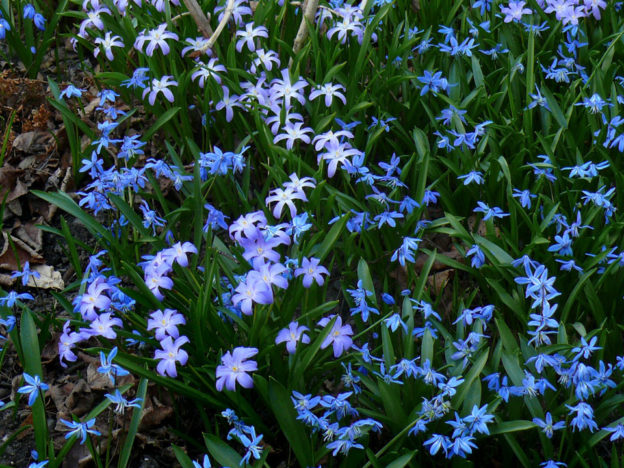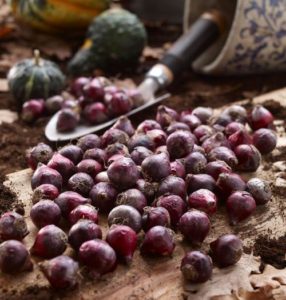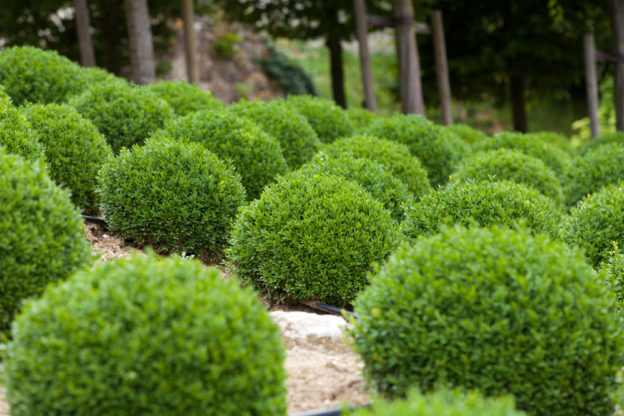What is Scilla?
We have probably all marveled at the beautiful fields of blue that pop up around this time of year. Customers ask me all the time in wonderment, “What is that?!”
Scilla is a member of the lily family. Most varieties bloom in spring whereas a few are fall bloomers. It is coveted for it naturalizing tendencies. So year after year they will slowly multiply to form that lovely blanket of blue. I always warn that they aren’t for the faint of heart. These are a true gardeners plant. As seen below, if they love their home they can take over.
A mass of ScillaThey like full sun locations with well drained soil. Plant them en masse for the best show. you can even pair them with a Tete e Tete daffodil, which is a lovely dwarf variety in a creamy yellow. Once they are done blooming, they are similar to other bulbs and do best if you let the leaves wilt. Other plants like ferns and hosta can be used to help mask the withering leaves as they come up as the scilla is nearing the end of its season.
See how tiny the Scilla bulbs are?Once the Scilla have put on their show they disappear completely, back into dormancy for their next display the following year. If you have never noticed this unique plant, take the time to look around…you won’t forget it once you see it.



